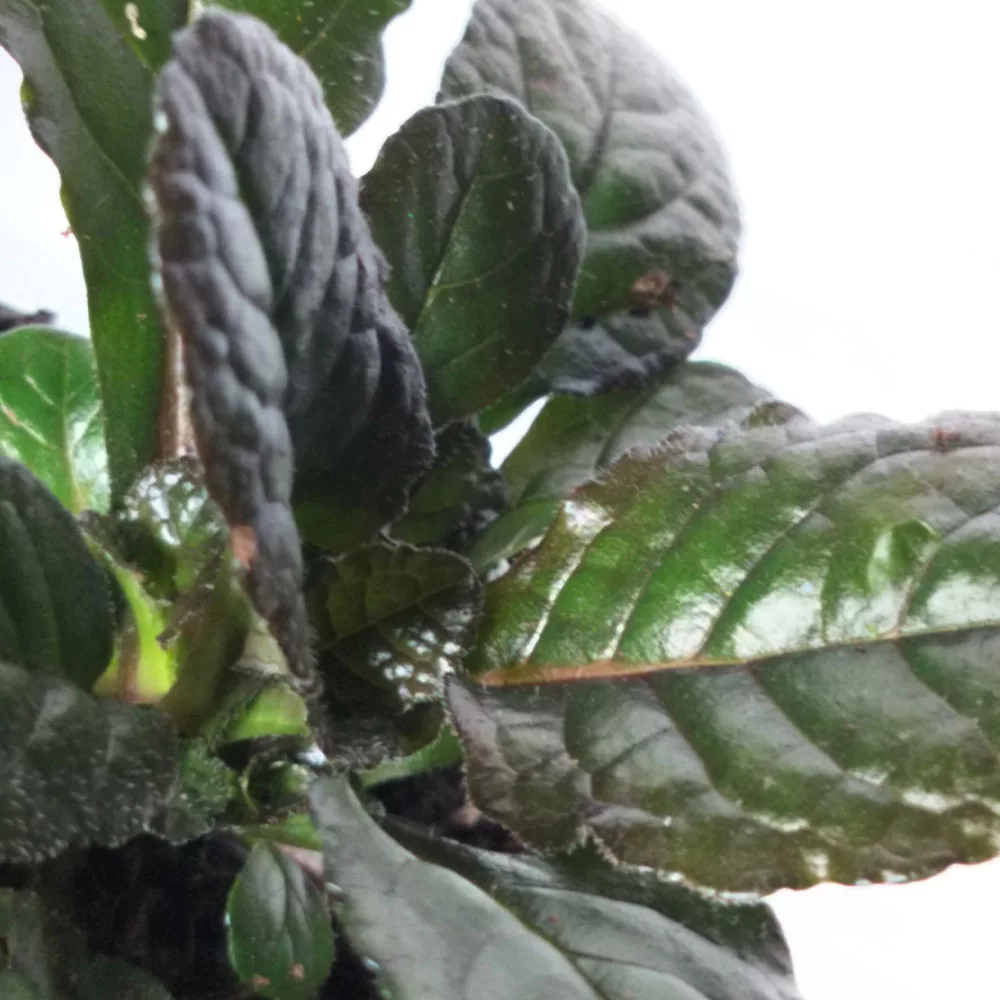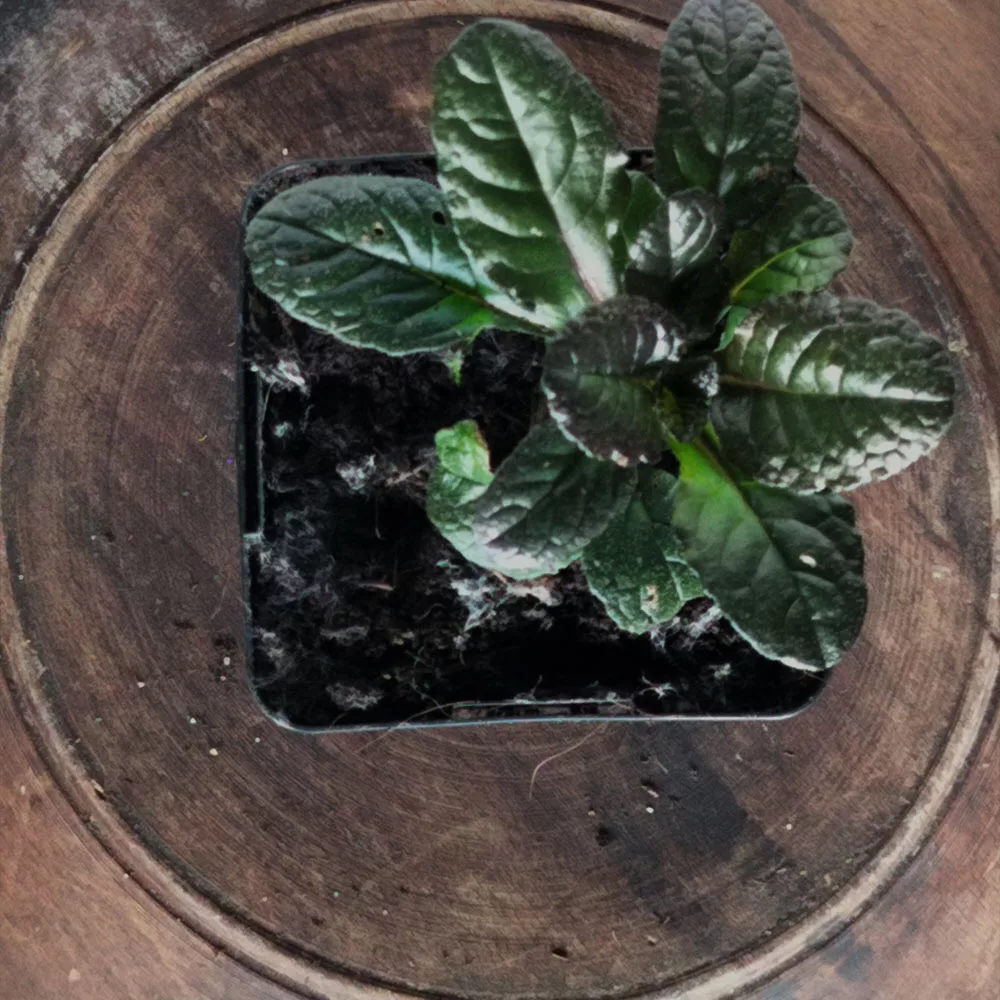-
 4,90 € × 1×€4.9
4,90 € × 1×€4.9
Customer matched zone "Locations not covered by your other zones"
“Ajuga reptans Purple Torch” has been added to your cart. View cart
Ajuga reptans Purple Torch
A low-growing plant known for its dark green-bronze leaves
Rated 0 out of 5
0 customer reviews
4,90 €
Only 9 item(s) left in stock!
SKU: pda327
Category: Balcony-Friendly, Bees and Butterflies, Bouquet, Evergreen, Frost Hardy, Ground Cover, Medicinal, Rewild, The Stunners

Ajuga reptans Purple Torch
4,90 €
Only 9 item(s) left in stock!
Ajuga reptans Purple Torch is a popular, low-growing groundcover plant known for its dark green leaves that shift to bronze in winter and the profusion of lilac blooms in the summer.
Ajuga reptans Purple Torchis valued for its lilac flowers that stand above the bright green carpet.
In late spring to early summer, it produces spikes of small, tubular lilac flowers that add vibrant color to the garden – adored by butterflies and bees.
Low-maintenance and easy to grow, Ajuga reptans Purple Torch requires minimal care and provides maximum, year-round interest for your garden.
It is drought tolerant but does prefer a cool soil – its favorite hiding place is beneath large tree canopies or near some afternoon shade.
👨🌾GARDENING TIPS👨🌾: Ajuga reptans Purple Torch
-
- If it likes its environment, Ajuga can spread aggressively, so it may need some monitoring or containment in certain regions.
- Looks incredible with Chrysanthemum Mei Kyo or Chrysanthemum Dernier Soleil
Learn more about gardening with the Ajuga family:
The Tale & The Botany: Ajuga reptans Purple Torch
Bugle is a primary nectar source of the pearl-bordered fritillary and the small pearl-bordered fritillary.
And if you REALLY now your butterflies – it is an important (secondary) nectar source for the brimstone, chequered skipper, common blue, cryptic wood white, dingy skipper, Duke of Burgundy, green-veined white, grizzled skipper, heath fritillary, holly blue, large blue, large skipper, large white, marsh fritillary, orange-tip, painted lady, small white, and wood white butterflies.
There are tales that it can be infused in a tea form and used to deal with respiratory tract troubles – however I have read that this happens only in Austrian traditional medicine and there is only one 19th century medicine book that confirms (other books claim it aids with intestinal troubles) this so …. proceed with caution!
Ajuga reptans is also a somewhat-common foraging sight in many places where it grows.
They are edible raw in small numbers, however as the leaves get old, they also get more bitter.
They are also quite bitter when they are young so this is not a salad for everyone.
Floral Morphology
The species is monoecious, with male and female flowers on the same plant. Pollination is by bees or Lepidoptera (moths and butterflies).
The inflorescence forms a dense raceme composed of whorls of blue flowers, each with dark veins on the lower lip.
The calyx has five toothed lobes and the corolla forms a two-lipped flower about 14 to 17 mm (0.6 to 0.7 in) long with a short tube.
The upper lip of each flower is short and flat with a smooth edge, and the lower lip is three-lobed, the central lobe being the largest, flat with a notched tip.
There are two long stamens and two short stamens, which are longer than the corolla and are attached to the tube. The ovary is superior and the fruit is a schizocarp with four chambers.
Ecology
The natural habitat of Ajuga reptans spans across Europe, extending to the middle taiga subzone of northeastern Russia.
The plant thrives in the understory of mixed and parvifoliate forests, benefiting from the higher soil nitrogen and lower acidity these forests provide compared to pure coniferous stands.
Iit is considered an invasive species in various parts of the United States due to its aggressive growth and ability to form dense mats that outcompete native plants for sunlight, water, and nutrients.
Other Names
Carpet Bugleweed
Dark Purple Bugleweed
Origin
Europe
| Weight | 0,5 kg |
|---|---|
| Flower Color | Lilac |
| Exposure | Full Sun, Half Sun/Half Shade |
| Flowering | May, June |
| Frost Tolerance | -25°C to -30°C |
| Soil | Any, Cool |
| Size | 0,1m x 0,4m |
Reviews
0
Rated 0 out of 5
0 customer reviews
5
0
4
0
3
0
2
0
1
0
Only logged in customers who have purchased this product may leave a review.
Related Products
Tanacetum densum subsp amani
A shrublet composed of soft, finely divided silvery gray-white leaves.
A shrublet composed of soft, finely divided silvery gray-white leaves.
Rated 0 out of 5
Kalanchoe daigremontiana
A toothy succulent from Madagascar, known as the Mother of Thousands.
A toothy succulent from Madagascar, known as the Mother of Thousands.
Rated 0 out of 5
Artemisia Valerie Finnis
A semi-evergreen, aromatic variation on the theme of Artemisia.
A semi-evergreen, aromatic variation on the theme of Artemisia.
Rated 0 out of 5
Delosperma cooperi
A dwarf perennial known for its vermillion colored flowers
A dwarf perennial known for its vermillion colored flowers
Rated 0 out of 5
Hieracium maculatum Leopard
A native perennial with blue-green leaves and a tall yellow flower
A native perennial with blue-green leaves and a tall yellow flower
Rated 0 out of 5
Stachys byzantina
Silky white-grey leaves and tall striking flowers
Silky white-grey leaves and tall striking flowers
Rated 0 out of 5
Cerastium tomentosum var. columnae
A grey-green spreading ground cover from the mountains.
A grey-green spreading ground cover from the mountains.
Rated 0 out of 5
Melissa officinalis
A perennial plant in the mint family that is adored by bees, royal families and tea drinkers.
A perennial plant in the mint family that is adored by bees, royal families and tea drinkers.
Rated 0 out of 5
Vinca minor
Looping elegance and ability to form a low flowering ground cover
Looping elegance and ability to form a low flowering ground cover
Rated 0 out of 5
Sedum album
A low, multi-color ground cover.
A low, multi-color ground cover.
Rated 0 out of 5
Echinacea purpurea
A perennial with purple flowers all summer long
A perennial with purple flowers all summer long
Rated 0 out of 5
Glechoma hederacea
A sweet smelling ground cover, producing little blue flowers all summer long.
A sweet smelling ground cover, producing little blue flowers all summer long.
Rated 0 out of 5
Hellebore argutifolius
Winter flowering perennial with marbled blue-green leaves
Winter flowering perennial with marbled blue-green leaves
Rated 0 out of 5
Euphorbia myrsinites
Known for its draping form of silver-gray foliage and radiant blooms.
Known for its draping form of silver-gray foliage and radiant blooms.
Rated 0 out of 5
Mentha x piperita ‘Chartreuse’
A spicy mint, known for its use in the production of liqueurs and herbal teas.
A spicy mint, known for its use in the production of liqueurs and herbal teas.
Rated 0 out of 5
Trachelospermum asiaticum ‘Ogon Nishiki’
Jasmine with colorful foliage and lovely white flowers in summer
Jasmine with colorful foliage and lovely white flowers in summer
Rated 0 out of 5
Erigeron kavinskianus
A daisy-like carpet of flowers
A daisy-like carpet of flowers
Rated 0 out of 5
Euphorbia cyparissias Clarice Howard
A Euphorbia that resembles a soft little cyprus tree
A Euphorbia that resembles a soft little cyprus tree
Rated 0 out of 5
recent view product
Euphorbia cyparissias Clarice Howard
A Euphorbia that resembles a soft little cyprus tree
A Euphorbia that resembles a soft little cyprus tree
Rated 0 out of 5
Veronica peduncularis Georgia Blue
A gorgeous creeping perennial that creates a dense carpet of bright blue flowers.
A gorgeous creeping perennial that creates a dense carpet of bright blue flowers.
Rated 0 out of 5
Tanacetum vulgare Isla Gold
A bright yellow medicinal and fragrant perennial herb
A bright yellow medicinal and fragrant perennial herb
Rated 0 out of 5
Salvia microphylla ‘Red Velvet’
Fragrant, hardy and drought tolerant with a bright and abundant flowering season.
Fragrant, hardy and drought tolerant with a bright and abundant flowering season.
Rated 0 out of 5
Helichrysum orientale
A perennial with soft, ash gray foliage and yellow button flowers
A perennial with soft, ash gray foliage and yellow button flowers
Rated 0 out of 5














































There are no reviews yet.